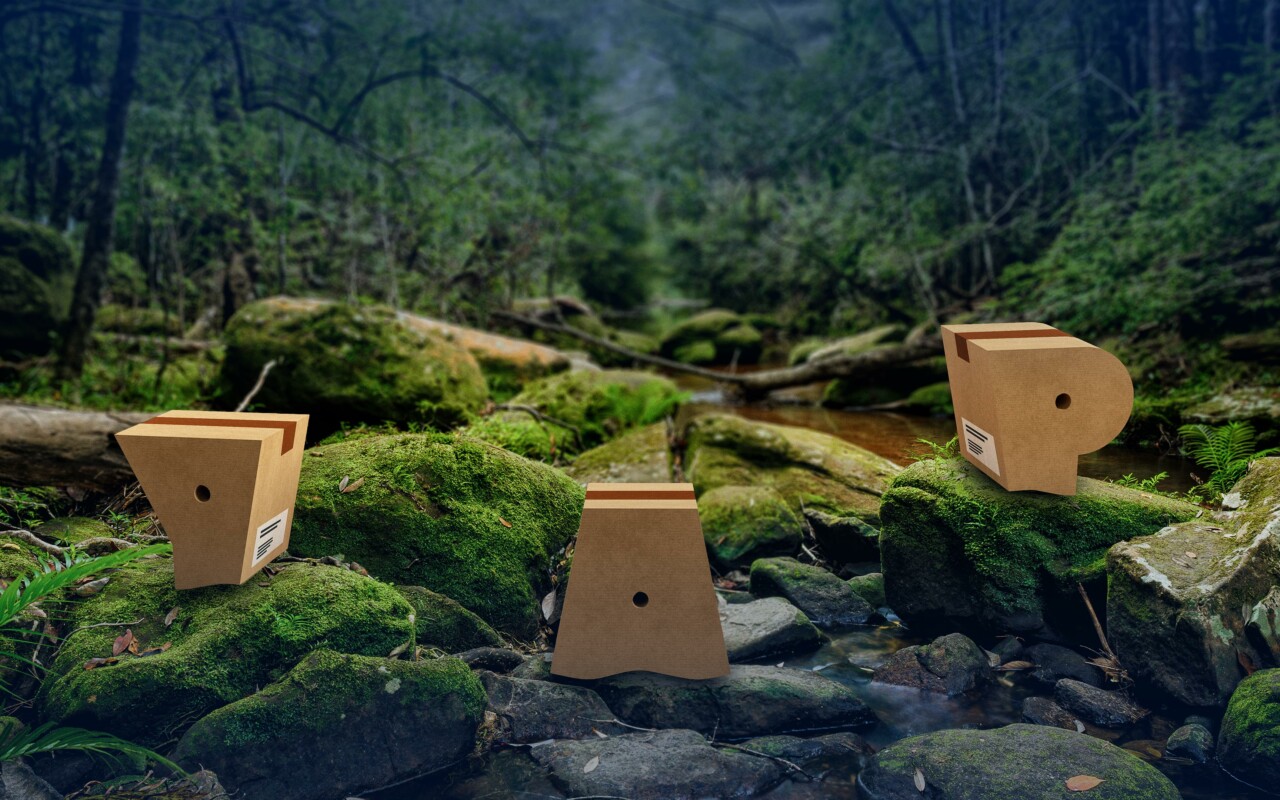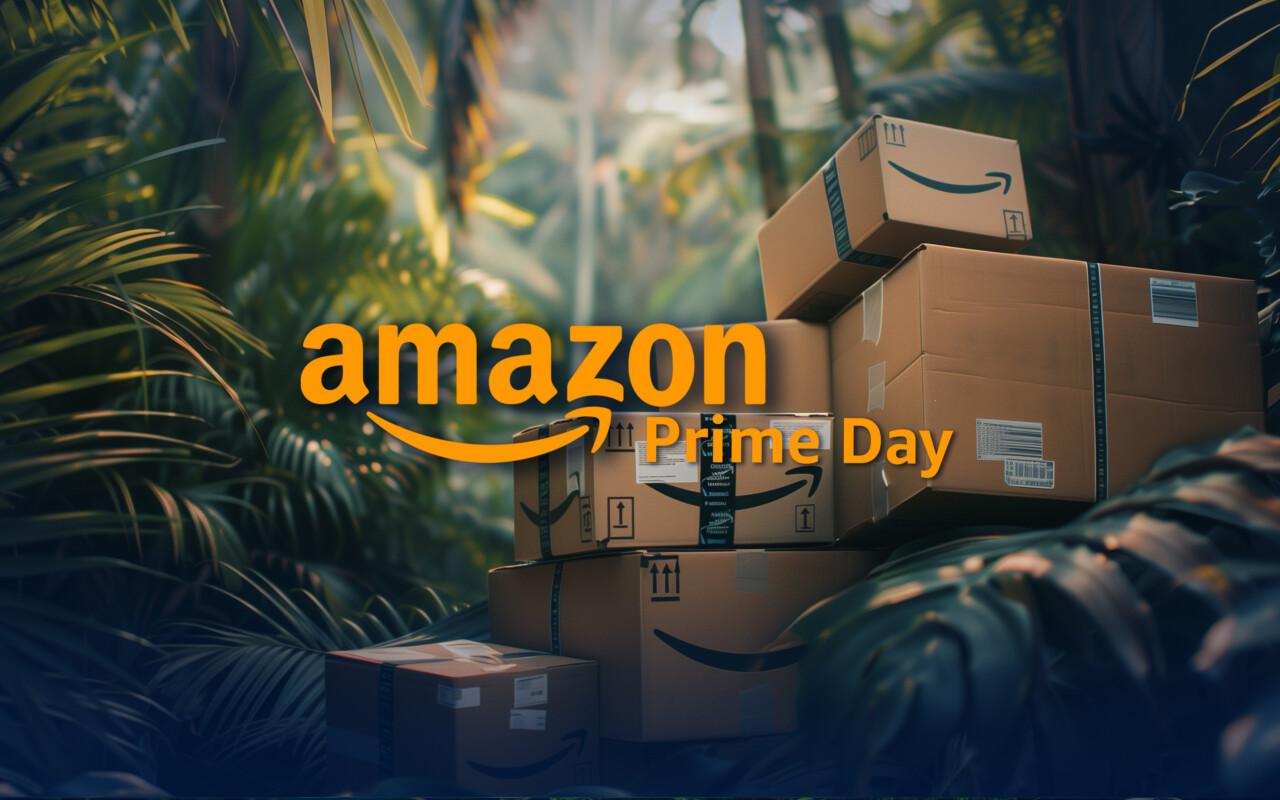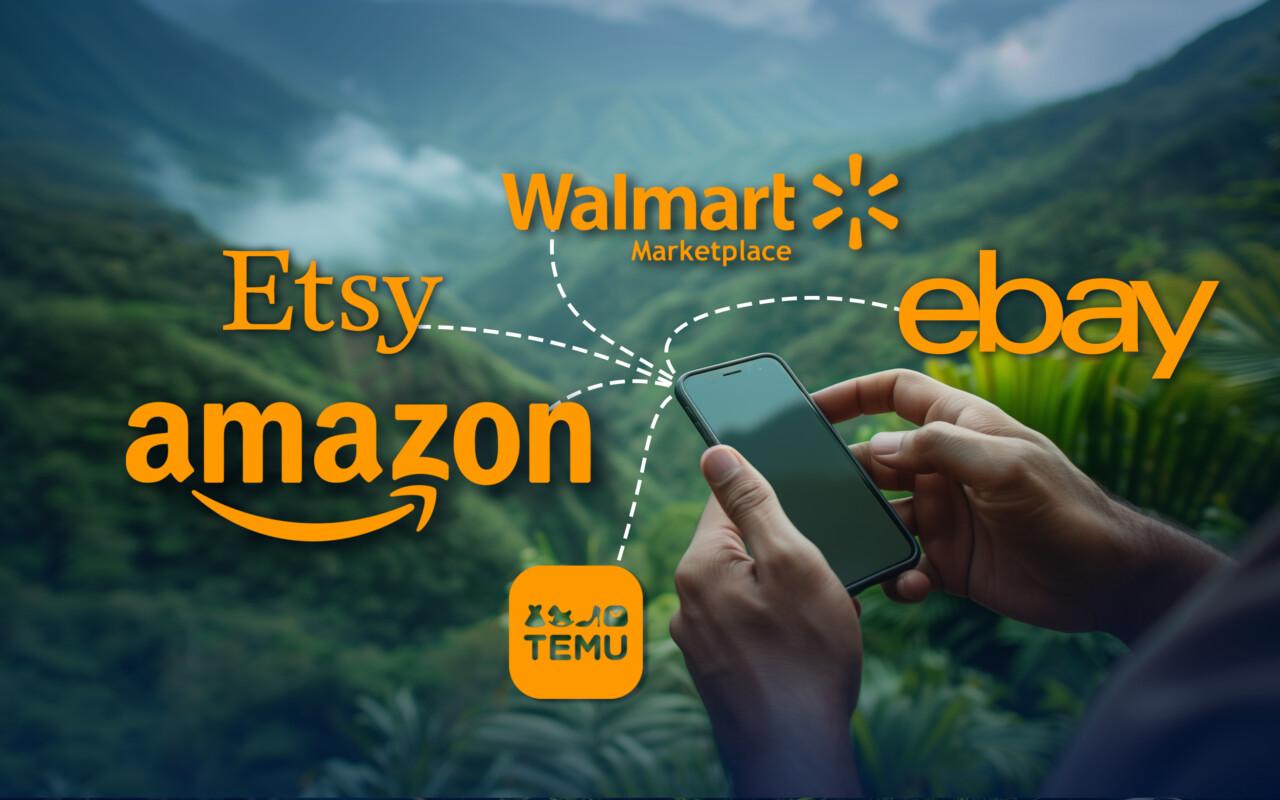Etsy is a fast-growing online marketplace specifically for sellers and buyers of handmade, unique and customised products. But how to start selling on Etsy, what to consider and how to advertise on the platform?
Read also: Etsy: A growing e-commerce platform for craft enthusiasts
Before setting up shop
Please read carefully Etsy’s own rules for sellers, especially the list of prohibited and restricted products. Etsy’s penalties for breaking the rules range from restricting the listing’s visibility to either temporary or permanent suspension of the seller’s account.
What is unique about Etsy is that selling and buying vintage goods is popular and encouraged on the platform. So decide before you sell if you want to sell items you have designed and/or made yourself or if you want to sell curated vintage items. Whichever you choose (or both), you can be sure that you will reach buyers on Etsy who are looking for unique and carefully crafted products.
Tip: Come up with a name for your shop that reflects your style, products and company!
Registering to sell and creating your first listing
The start of selling has been made agile and straightforward. First register an Etsy account, then you can select “Sell on Etsy” in your account settings. Let the site take you through the setup path and voilà, you have a seller account. We then recommend enabling the Etsy Payments service to allow you to seamlessly receive payments. Be sure to include your business credit card in your account details, as Etsy charges a small fee for listings and using the payment service!
On Etsy, a key factor in the shopping experience is the connection buyers feel with the seller and their products. Etsy is committed to keeping humanity at the heart of online shopping. So make your shop look like you and allow shoppers to feel a connection with you and your products.
Read also: Stand out with show stopping content using Amazon Storefront
The importance of keyword optimization for listings, which has been highlighted in previous posts, is also raising its head when building listings on Etsy. Write titles and product descriptions in a way that includes keywords that are relevant to your product and the search. This will maximise your chances of being found both on Etsy and on third-party search engines (such as Google).
Etsy also allows you to add keywords to your listings in the form of tags. Tags are added to the metadata of your listings and, like search terms, they help buyers find your product. You can add up to 13 tags per listing and these can be single words or short phrases. Please note that tags cannot contain more than 20 characters. If it happens that a buyer does a search using the words in your tags (e.g. delicate silver ring), your product will jump to the top. Do not repeat search terms and categories in your tags! Each tag should be unique to better match the buyer’s search.
Remember: As with Amazon, product images are important in Etsy listings. On Etsy, you can use up to ten images per listing. Choose the first image carefully, as it is the image that will appear first in search results.
Read also: Amazon vs. Etsy – differences and similarities
Diversify your advertisement
In Etsy, you can take advantage of the platform’s own Etsy Ads suite. It works in a way familiar to other platforms: the advertiser specifies the amount they want to pay for a listing, and when the buyer searches, similar listings bid against each other and compete for visibility. Where your ad ends up in the search results is determined by two factors: the quality points that Etsy gives to the listing and the ad bid.
Read also: PPC advertising on Amazon
Did you know: Etsy determines the quality score per auction. The scores are based on the history of the store and the strength of the listing title and tags. Listings with higher quality scores appear at a greater position in the search results.
Etsy Ads’ analytics tools allow you to monitor ad performance using traditional metrics. The tool also calculates the ROAS and provides a list of search terms used to find the product. The latter feature is useful for optimising keywords and improving advertising performance.
Ads are not the only way to increase visibility and sales volume. With a variety of promotional campaigns, you can lower the purchase threshold and encourage visitors to buy. Etsy supports a wide range of promotional formats, such as product or store-specific percentage discounts or coupons. You can choose whether you want to discount only certain products or the entire store offering. Discounts are recommended at least during shopping holidays (Christmas, Summer, Black Friday).
Don’t forget about advertising outside Etsy! Social media channels can prove to be worth their weight in gold for small businesses. In addition to broad visibility, you can connect with your customers, share discount codes for your products and much more. Etsy allows you to connect your store to your business’s social media and share content directly from Etsy to all the channels you use.
The vast e-commerce jungle can be daunting, so taking an experienced partner with you is a good idea. YAP’s experienced adventurers will help take your business to international markets. Contact us and let’s talk how we can best help you!


